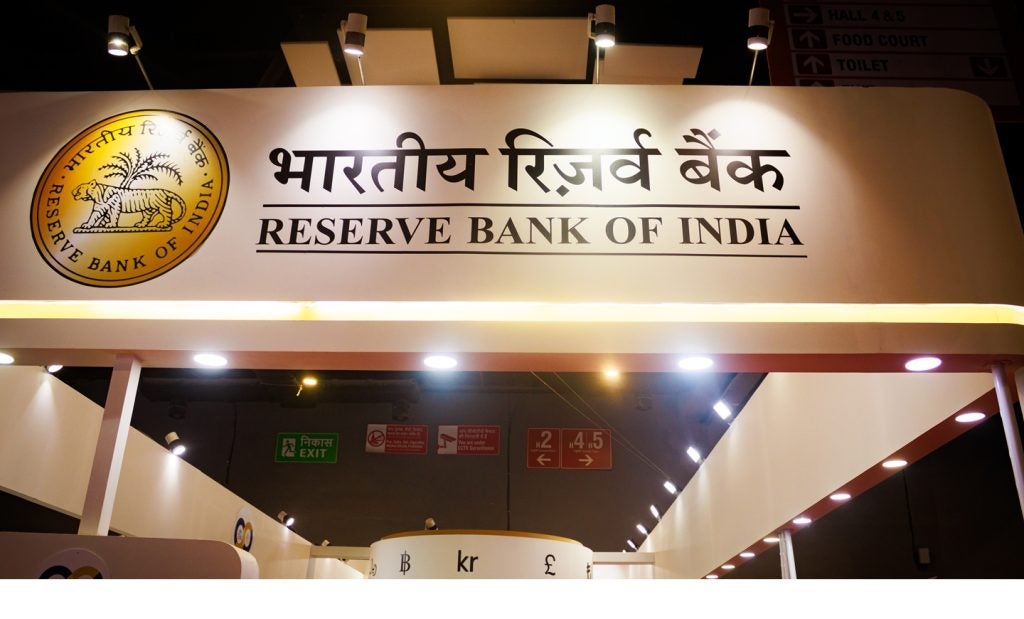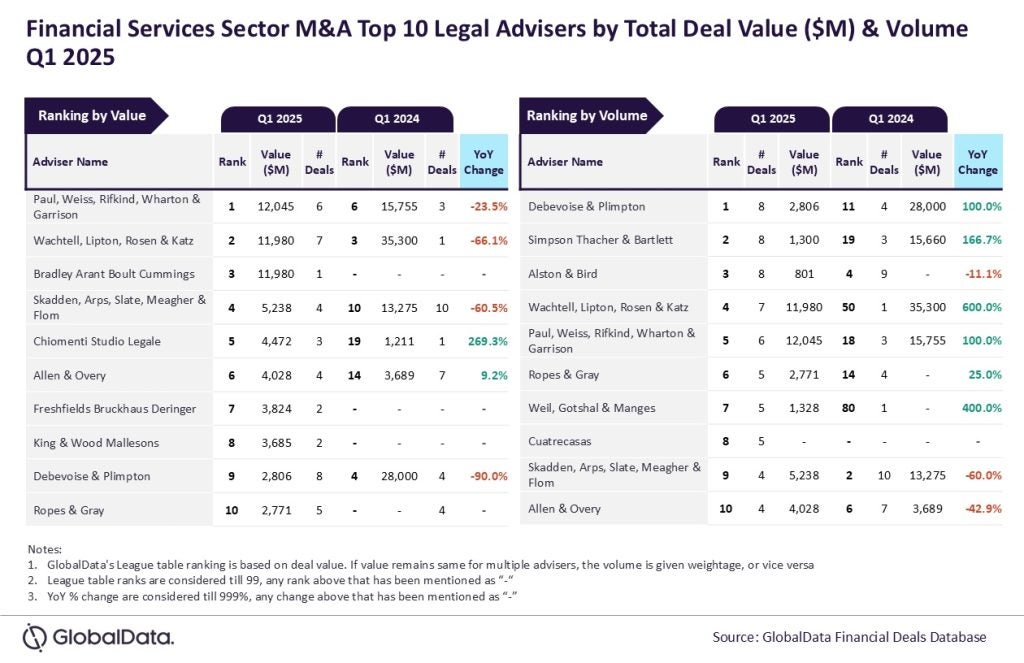Barclays has launched Pingit – a P2P service for UK
current account customers to send and receive money free of cost
using text messages. Barclays’ retail and business banking COO,
Shaygan Kheradpir, tells Meghna Mukerjee how this “digital ATM” may
initiate a retail banking renaissance.
 Barclays has launched Pingit – a person-to-person service
Barclays has launched Pingit – a person-to-person service
for sending and receiving money free of cost using mobile phone
numbers.
Launched on 16 February, Pingit – a first in
Europe – enables UK current account holders with a UK smartphone
handset to send or receive money without sharing bank account
details.
Barclays has over 11.9m current account
customers who can send money through Pingit to another current
account user of Barclays or any UK bank or building society.
Banks across the globe such as ABSA, la Caixa
and First National Bank, allow customers to transfer money or make
payments in some form or shape using mobile phone numbers.

US Tariffs are shifting - will you react or anticipate?
Don’t let policy changes catch you off guard. Stay proactive with real-time data and expert analysis.
By GlobalDataBarclays’ retail and business banking COO,
Shaygan Kheradpir, says despite there being a lot of activity in
the mobile money and payments space across the globe in the last
few years, no one has “put all the pieces together to be able to
break through” from the customer experience perspective.
“No one that we know has got instant
registrations, instant money movement on all major handsets without
the need to have any hardware. Barclays Pingit is a completely
cloud-based solution on a modern, smartphone platform.
“There are all sorts of things around cash
send but what we are doing is essentially different because we have
taken the core of the bank and created a secure internal cloud, and
we have just placed it on the mobile web as an app. Our approach is
more direct but that is why you can register and move money
instantly,” says Kheradpir.
Pingit is supported by mobile devices on the
iPhone, Blackberry and Android platforms. To send or receive money
through Pingit, customers are required to download the free app and
register for the service.
 To
To
receive payments, customers can register on the Barclays website
regardless of the type of mobile phone they use.
“However, one of our design points is totally
for the new world of consumerised texts, which basically means we
spent a lot of time to really handcraft things for the three
leading smartphone platforms because we think customer experience
is what is going to drive adoption and usage,” says Kheradpir.
From early March, Barclays plans to extend the
Pingit service to allow current account customers of any UK bank or
building society to also be able to send money just by downloading
the Pingit app.
Considering the app is free for all UK
customers – not only Barclays account holders – how is Pingit
profitable for the lender?
“We are riding the new wave of consumerised
text. Apple does not charge money to download apps, Facebook does
not charge you to get on it, and Twitter does not charge you to get
on it, and those companies have all done really well.
“They are all great businesses and their model
is such that you just go, innovate and execute for the customer. So
that is the direction we are going in – making things simple,
lowering barriers, delivering customer experience that people will
care about. If you give great customer service as a product, good
things tend to happen to your business,” says Kheradpir.
Within the first 24 hours of its launch,
Barclays Pingit was the third most downloaded app in the UK on the
Apple AppStore with tens of thousands of registrations, and Pingit
was also the second most trended word on Twitter.
Barclays will develop a marketing plan in due
course, but the high levels of interest in Pingit so far among
customers has not “needed any marketing” says Kheradpir.
“When you read the tweets we have received,
everybody is saying ‘now this makes so much sense’. We have had
ATMs, faster payments networks, smartphones – but these things were
not pulled together in one shot to make the magic happen,” says
Kheradpir.
Pat Caroll, CEO at security vendor ValidSoft,
says though Pingit is a “very positive step forward” in the
development of mobile money, “entrants into the mobile payments
space must be sure that all necessary security safeguards are in
place”.
Kheradpir confirms, however, that a Pingit
transaction is as secure as any other banking transaction, and the
app is protected by a five-digit passcode set by the user.
Barclays’ transaction limits using faster
payments through for online or phone is as high as £10,000 per
transaction for retail customers, but the total daily send limit
for Pingit users starts at £1 and goes up to £300. Each user can
receive up to £5,000 per day via Pingit. But these limits are due
to evolve, says Kheradpir.
“We have a product roadmap till the end of the
year, which is very aggressive. We will obviously evolve the basic
platform. Our premise at this point is that this is like a digital
ATM in your pocket. As we learn more about how people are using it,
we will make improvements depending on customer user cases,” adds
Kheradpir.
While Pingit is what Barclays calls “the first
digital ATM”, it is an “open development” platform that others are
encouraged to use and make user cases of their businesses.
“We are talking to a whole spectrum of
businesses right now and each one of them has a different idea of
how they will use it. The analogy I give is Google maps. Everybody
just took it from Google and they did what they thought was good
for their business. The user cases will be varied and interesting,”
says Kheradpir.
According to Kheradpir, retail banking is
ready for a 21st centaury renaissance.
“It is a digital business and all other
digital businesses have gone through their renaissance, like how
Kindle changed 100s of years of book reading habits. Why would it
be different for banking?
Is the retail banking ecosystem ready to
transform in 2012?
“Absolutely, and it was not so a few years
ago,” says Kheradpir. “In 2007 we had no smartphones to speak of.
By 2015, we will have 2bn people with smartphones in their pockets.
The population is now hungry for innovation and what we need is to
have truly innovative offerings, which speak the language of the
people,” he adds.







